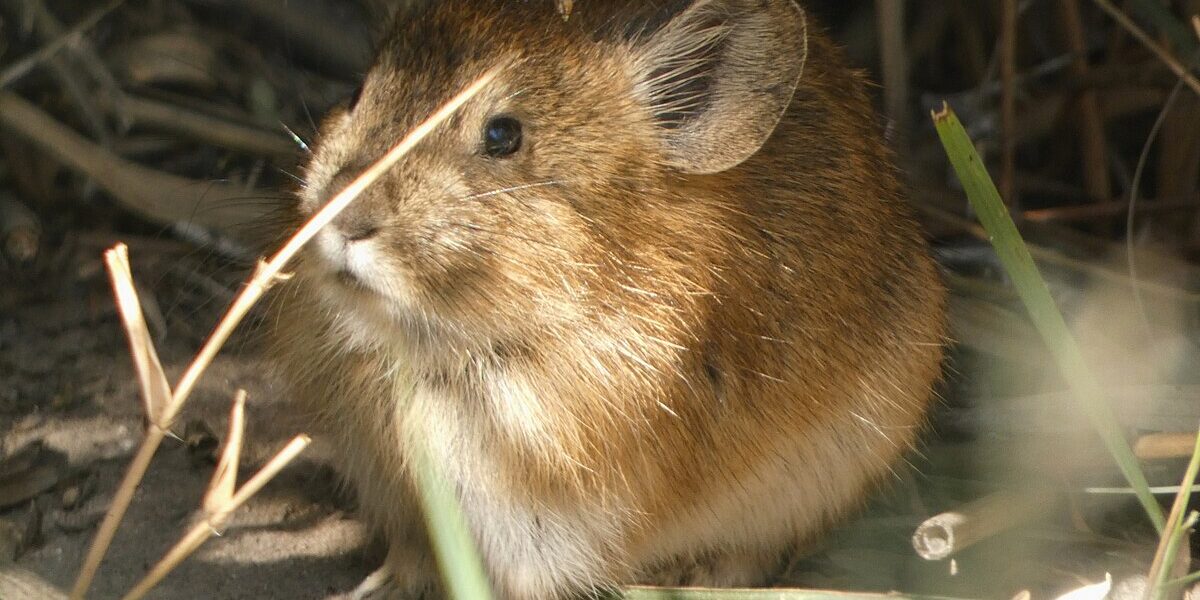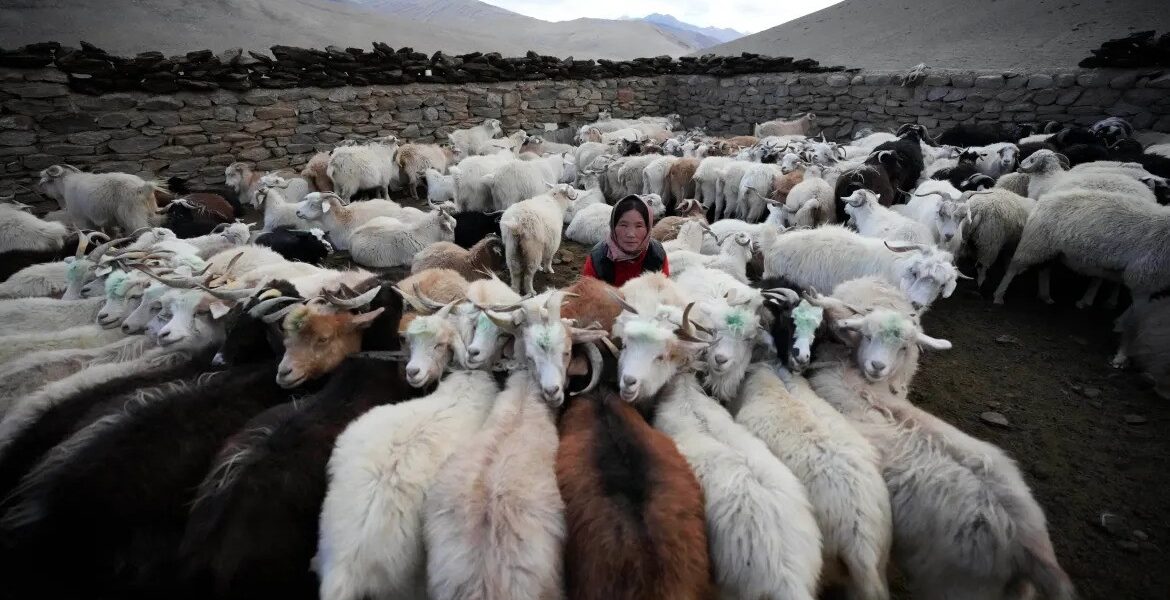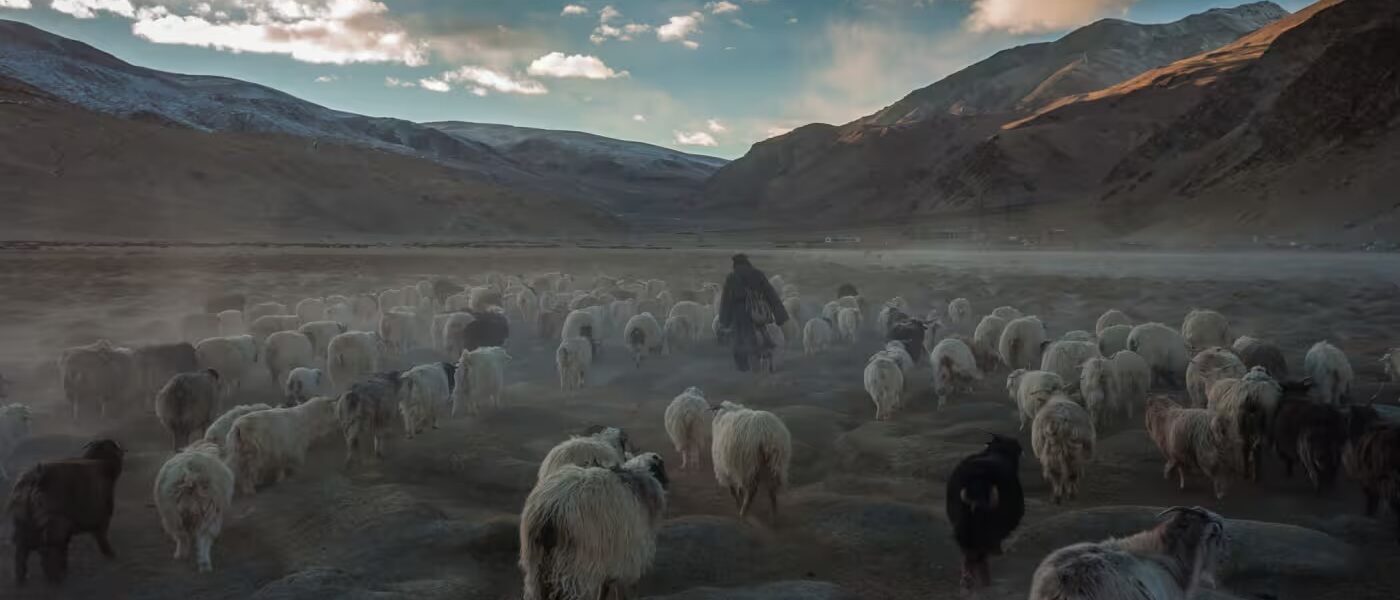- Introduction
- Overview of the Nubra Pika
- Field Identification
- Distribution
- Habitat and Habits
- Diet
- Reproduction and Lifespan
- Signs and Indirect Evidence
- Importance in the Ecosystem
- Threats and Challenges
- Conservation Status
- Cultural Significance in Ladakh
- Ecotourism Potential
- Frequently Asked Questions
- Customer Testimonial
Introduction
The Nubra Pika in Ladakh, scientifically known as Ochotona nubrica, is an enigmatic small mammal found exclusively in the Ladakh region of India. It is one of the most captivating creatures inhabiting the rugged terrains of the Nubra Valley, a high-altitude cold desert nestled between the Karakoram and Ladakh mountain ranges.
Known locally as “Zabra,” this elusive animal has adapted perfectly to the harsh environment of Ladakh, thriving in valleys rich with sea buckthorn bushes. Despite its small size and understated presence, the Nubra Pika is an integral part of Ladakh’s biodiversity and deserves more attention for its ecological role and uniqueness.
Overview of the Nubra Pika
| Parameter | Details |
|---|---|
| Scientific Name | Ochotona nubrica |
| Local Name | Zabra |
| IUCN Status | Least Concern |
| WLPA 1972 | Not Listed |
| Head and Body Length | 14–18.5 cm |
| Tail Length | 1–2 cm |
| Weight | Unknown |
The Nubra Pika is a nocturnal herbivore characterized by its sandy brown fur, smaller ears, and shorter nasal region. With pale patches near its ears and a buff-colored midline on its belly, the Nubra Pika blends seamlessly into the rocky and bushy habitats of Ladakh.
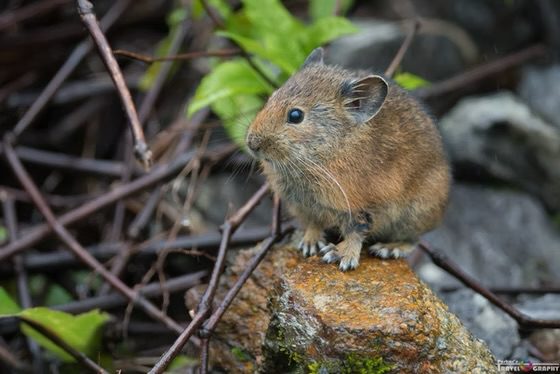
Field Identification
The Nubra Pika stands out among its relatives due to the following characteristics:
- Coat: A pale sandy brown coat with light grey underparts and buff-colored belly patches.
- Distinctive Markings: Pale patches on the sides of the outer ears and brownish-grey marks on its feet.
- Size: Smaller than other pika species, measuring 14–18.5 cm in head and body length, with a tail of just 1–2 cm.
- Behavior: Highly alert and timid, often retreating into its burrows when faced with danger.
Distribution
The Nubra Pika is endemic to the Nubra Valley and specific parts of Ladakh, India. It is most commonly found in:
- The Karakoram Wildlife Sanctuary
- Indus Valley
- Shyok River Region
Within these areas, it frequents locations such as Hunder, Diskit, and Panamik, thriving at altitudes ranging from 3,100 to 3,500 meters. The dense sea buckthorn thickets in these valleys provide an ideal habitat.
Habitat and Habits
Habitat: The Nubra Pika inhabits rocky terrains and valleys thickly covered with sea buckthorn shrubs. These dense thickets provide shelter and act as a natural food source, ensuring survival in an otherwise harsh environment.
Habits: The Nubra Pika is a nocturnal mammal that remains active year-round, showcasing remarkable adaptability. Its burrows, often created within the roots of sea buckthorn thickets, serve as both a retreat from predators and protection from the extreme cold.
- Vigilant and quick to escape into burrows when sensing danger.
- Typically solitary but may share its habitat with others during breeding seasons.
- Active at night, although occasional daytime activity has been recorded.
Diet
The Nubra Pika is a herbivore with a diet that includes:
- Sea buckthorn berries
- Grasses
- Shrubs and herbs
During the colder months, when food is scarce, it relies on its stored food reserves, showcasing its exceptional preparation skills.
Reproduction and Lifespan
Though limited data is available on the Nubra Pika’s reproduction, most pika species are known to have multiple litters per year, with an average litter size of 2–6 young. The Nubra Pika likely follows similar reproductive patterns.
The average lifespan of pika species ranges between 3–7 years, though the harsh environmental conditions in Ladakh may reduce this for the Nubra Pika.
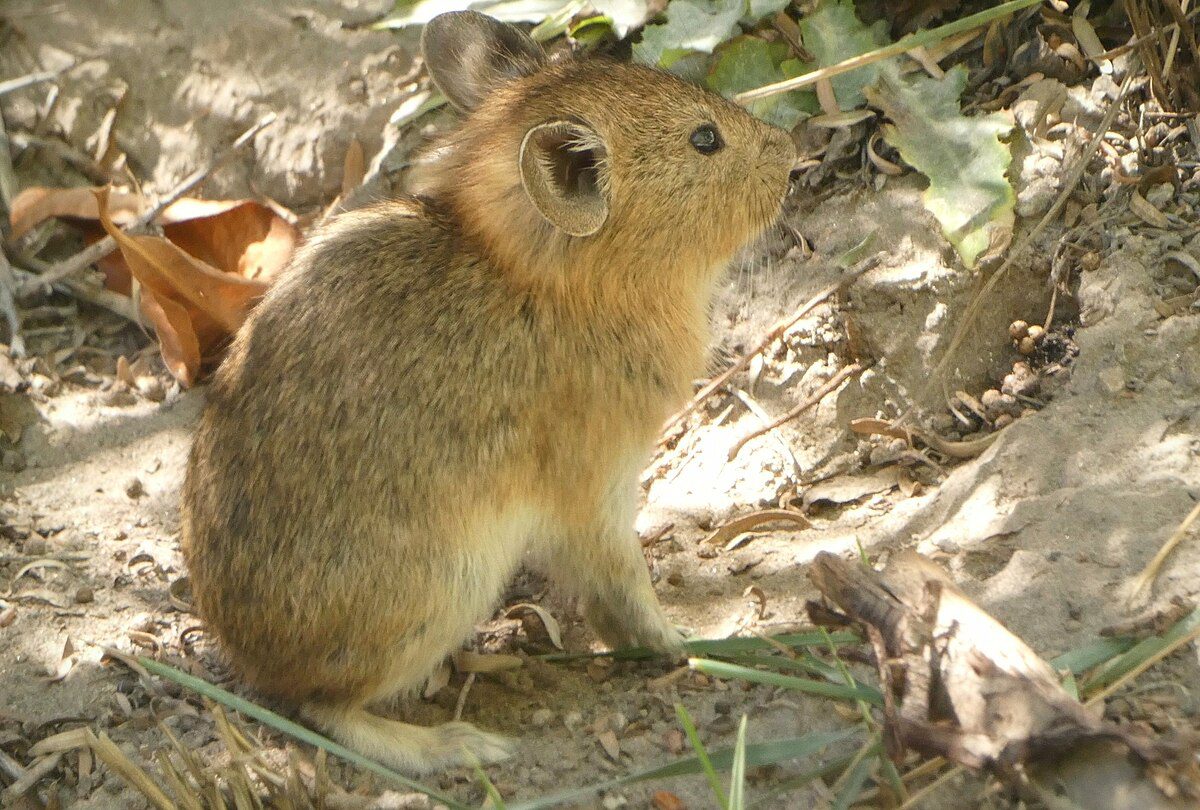
Signs and Indirect Evidence
Spotting a Nubra Pika directly may be challenging due to its timid nature, but the following signs can indicate its presence:
- Droppings near scree rocks and bushes.
- Burrows in sea buckthorn root systems.
- Scratched soil near shrubbery, often indicating foraging activity.
Importance in the Ecosystem
Despite its small size, the Nubra Pika plays a crucial role in Ladakh’s ecosystem:
- Soil Aeration: By digging burrows, the Nubra Pika contributes to soil aeration, promoting healthier plant growth.
- Seed Dispersal: Its diet of berries and shrubs aids in the dispersal of seeds, ensuring plant regeneration.
- Prey for Predators: The Nubra Pika serves as a food source for larger animals, maintaining the balance of Ladakh’s food chain.
Threats and Challenges
The Nubra Pika faces several challenges that threaten its survival:
- Habitat Loss: Human activities, including agriculture and urban development, are encroaching on its natural habitat.
- Climate Change: Rising temperatures and changing weather patterns are altering the delicate ecosystems of Ladakh.
- Predation: As a small and timid animal, the Nubra Pika is vulnerable to predators such as birds of prey and carnivorous mammals.
Conservation Status
While the Nubra Pika is classified as Least Concern by the IUCN, ongoing efforts are necessary to preserve its habitat and address threats such as climate change. Protecting Ladakh’s high-altitude ecosystems is essential for the survival of this unique mammal.
Cultural Significance in Ladakh
In Ladakhi culture, the Nubra Pika is not as widely recognized as other species, but its role in the ecosystem indirectly supports agricultural practices by maintaining soil health and promoting vegetation growth.
Ecotourism Potential
Wildlife enthusiasts visiting Ladakh have shown increasing interest in spotting the Nubra Pika. Promoting eco-friendly tourism focused on this species can raise awareness about its conservation while providing sustainable livelihoods for local communities.
Frequently Asked Questions
- What is the best time to spot the Nubra Pika?
The best time is early morning or late evening when it is most active. - How can I contribute to Nubra Pika conservation?
You can support local conservation projects and spread awareness about its ecological importance. - Are there other species similar to the Nubra Pika in Ladakh?
Yes, other pika species can be found, but they differ in size and markings.
Customer Testimonial
“My visit to the Nubra Valley was made even more special when I spotted the Nubra Pika. This adorable creature adds to the magic of Ladakh’s unique ecosystem. Observing its habitat taught me the importance of preserving this fragile environment.”

